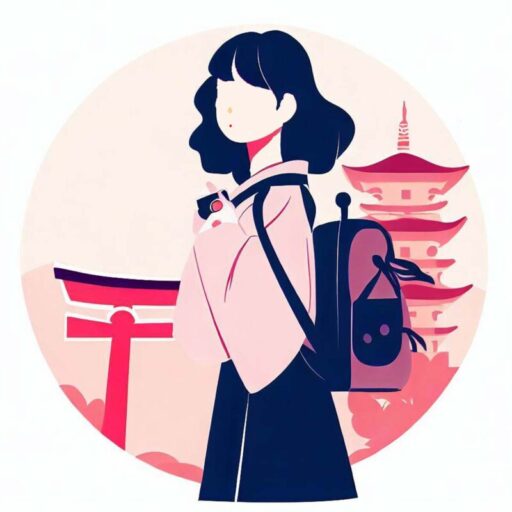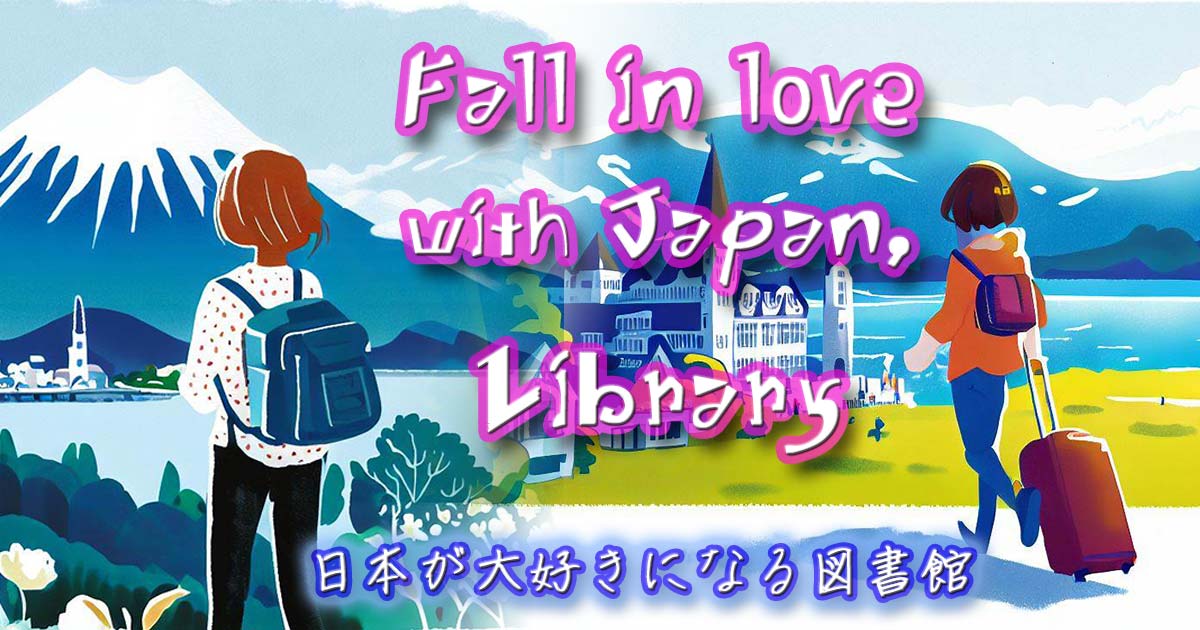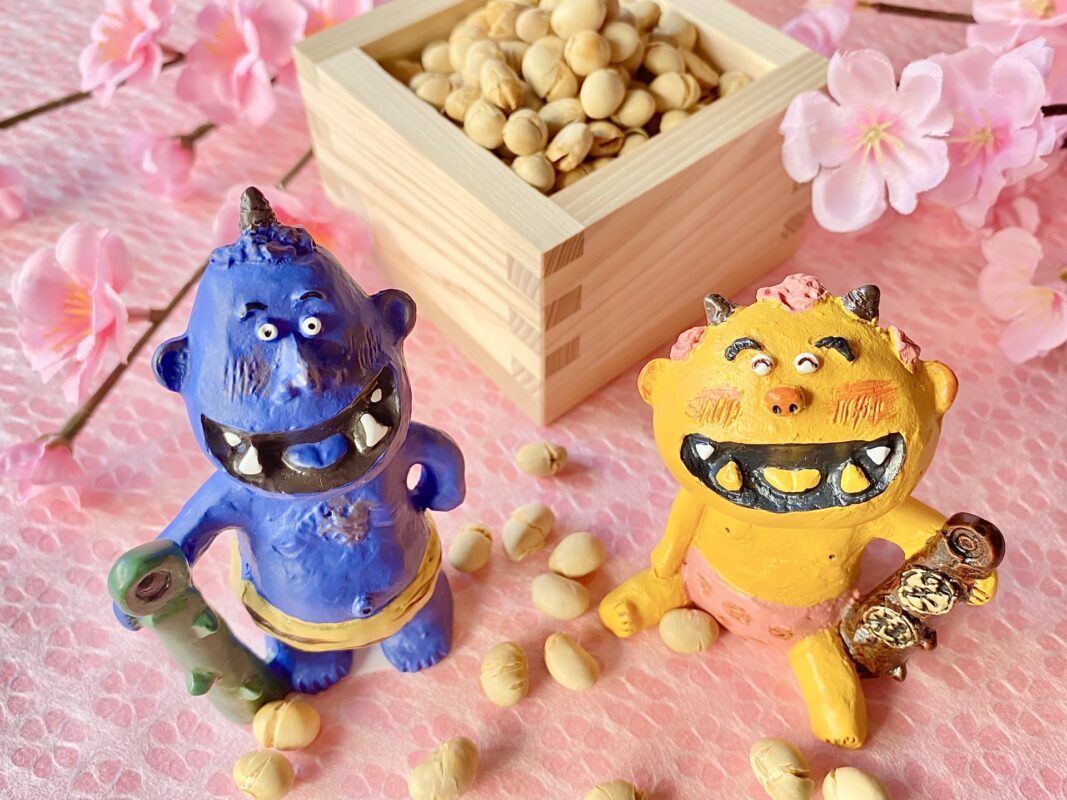A thorough analysis of Setsubun throughout Japan! Origins from history to modern times and how to spend time by region

『 This article is… 』
This article provides detailed information about Setsubun from the perspective of a travel web writer named Kasumi who travels all over Japan. It explains the history and origin of Setsubun, the unique customs of each region, and modern and future Setsubun, providing information for those who want to learn about Japanese culture and diversity. By reading this article, you will be able to understand the appeal of Setsubun, how to spend it in each region, and gain in-depth knowledge about Japan’s traditional events. This article is full of valuable information for those interested in Setsubun and Japanese culture.
Hello, I’m Kasumi, a travel web writer. Having traveled all over Japan, I would like to focus on Setsubun this time. Speaking of Setsubun, it is a special day that marks the change of seasons. Many people have the custom of throwing beans and eating ehomaki. However, in reality, Setsubun has various characteristics depending on the region.
In this article, I would like to delve deeper into Setsubun from various angles, including its history and origin, how it is spent in each region, and how it is currently spent. I will thoroughly convey the charm of Setsubun, including the customs and culture of each region that I have learned from my travels throughout Japan.
Setsubun is a special day of the year. If you know its charm, you should be able to enjoy Setsubun even more. Let’s start with the first part.
History and origin of Setsubun
What is Setsubun?
You may have heard of the word Setsubun, but do you know what it actually means? Setsubun originally referred to the day to separate the seasons, or the turning point of the seasons. According to the Japanese calendar, a new season begins with the first day of spring, first summer, first autumn, and first winter, and the day before that is known as Setsubun.
History of Setsubun
Setsubun has a very long history, dating back to the Heian period. At that time, Setsubun was valued as an event to ward off evil spirits and bring good fortune. Bean-throwing has also been practiced since this era, and beans were believed to have the power to ward off evil spirits. This time of year was also considered to be an important time to signal the arrival of spring, and Setsubun also played an important role in preparing to begin farming.
Events and customs that originated from
In addition to the bean-throwing, there are several other events and customs that give rise to Setsubun. For example, there is a custom of sticking a sardine head on a holly branch and displaying it at the entrance. This is because the smell of holly thorns and sardines was said to ward off evil spirits.
Also, “Ehomaki”, which involves biting a whole piece of rolled sushi on Setsubun night, is also famous. It is said that by biting into a whole piece of sushi while facing the eho (direction that is said to bring good luck) for the year, you will attract good luck. The custom of ehomaki has been attracting particular attention in recent years, and many convenience stores and supermarkets carry it.
Regional differences
Setsubun is celebrated all over the country, but there are many differences in how it is celebrated depending on the region. For example, in the Kansai region, the custom of eating ehomaki is very popular, and in the Kanto region, the custom of throwing beans on Setsubun is strong. Additionally, some areas hold their own events and events.
As I traveled throughout Japan, I realized that each region’s different ways of spending Setsubun reflect the unique history and culture of that region. For example, in Kyoto, there are many temples and shrines that hold special ceremonies during Setsubun, allowing you to celebrate Setsubun in the solemn atmosphere unique to the ancient capital.
I would like to delve into more details about how Setsubun is spent in each region, but by knowing the history and origins of Setsubun, we can realize that the Setsubun events that we casually perform every year actually have deep meaning. You can see. And it can be said that it is an important culture that is rooted in our lives.
How to spend Setsubun in each region
Setsubun in the Kanto region
In the Kanto region, bean-throwing is widely practiced as the main event of Setsubun. At home, it is customary for families to gather together and throw beans to ward off evil spirits, and then eat the beans while saying, “Fuku wa Uchi, Fuku wa Uchi!” Many families eat as many beans as there are years ago.
In addition, large-scale bean-throwing events are held at famous temples and shrines in Tokyo, such as Sensoji and Tsukiji Honganji, and many people gather. These events are very popular and have become big festivals that can be enjoyed not only by local residents but also by tourists.
Setsubun in the Kansai region
It is no exaggeration to say that ehomaki is the main dish of Setsubun in the Kansai region. Since the lucky direction changes every year, the question of which direction to face when eating ehomaki is a hot topic. At supermarkets and convenience stores in the Kansai region, large quantities of ehomaki are lined up during Setsubun, and many people pick them up.
Yoshidayama in Kyoto is also famous for “Yoshida Setsubun,” which is crowded with people every year. The entire mountain becomes the venue for the festival, where food stalls are lined up and various events are held. In particular, the bean-throwing that is held while lighting a bonfire is a very impressive event, and is one of the events you should experience at least once.
Setsubun in the Kyushu region
In the Kyushu region, Setsubun customs are a little unique. For example, in Fukuoka Prefecture, there is a custom of decorating with Setsubun grass. Setsubungusa is a flower that heralds the arrival of spring, and it is said that displaying this flower will ward off evil spirits and bring in good fortune.
In addition, Nagasaki has a unique custom called “stoning”. This is very unique as it involves throwing stones rather than beans to ward off evil spirits. For the local people, this stone throwing has become a seasonal feature of Setsubun.
Setsubun in the Tohoku region
In the Tohoku region, Setsubun events seem to be more modest than in other regions. However, the custom of throwing beans at home still persists, and some regions have their own unique events.
For example, in Iwate Prefecture, an event called Tontoko Setsubun'' is famous, and it is said thatTontokobaba”, who appear only on this day, visit people’s homes and ward off bad luck.
These are just examples, but each region of Japan has its own way of spending Setsubun. As I traveled throughout Japan, I realized that the customs and culture of each region are greatly reflected in the way Setsubun is spent. By learning about Setsubun customs that vary by region, you can gain a deeper sense of Japan’s rich culture.
How to spend Setsubun in modern times
Changing Setsubun customs
Setsubun events that have been going on since ancient times have also changed little by little with the times. Mame-throwing, which used to be a quiet activity in the home, has become more common in the community, schools, and workplaces in recent years. Ehomaki originated in the Kansai region, but it has now become a nationwide Setsubun custom, and convenience stores and supermarkets sell it in large quantities during Setsubun.
Diversification of Setsubun events
Recently, Setsubun events have become more diverse. Some regions are using the area as a tourism resource by holding their own Setsubun events. For example, famous temples and shrines hold bean-throwing events on Setsubun, attracting many tourists and local residents. Events like this also contribute to the local economy and are becoming established as a new way to enjoy Setsubun.
Setsubun in modern homes
Setsubun ceremonies are still carried on in modern families, but they have changed into a form that can be easily enjoyed in busy daily lives. Bean-throwing sets and ehomaki rolls are now easily available for purchase, making it easy to enjoy Setsubun at home. Recently, an increasing number of households are using cherry tomatoes and fruits instead of beans for health reasons.
SNS and Setsubun
The spread of SNS is also having an impact on how people spend Setsubun. You can now share fun memories with your family and friends by posting them on SNS. In addition, ideas for Setsubun that look great on social media, such as stylish ehomaki rolls and handmade bean-throwing sets, are being shared, and the culture of enjoying Setsubun even more is spreading.
Even today, Setsubun continues to be an important event for us Japanese people. Although the form may have changed, it is an opportunity to strengthen ties with family, friends, and the community, and it adds color to our lives. I personally experienced Setsubun in various regions across Japan, and by participating in customs and events unique to each region, I was able to experience the rich culture of Setsubun firsthand. Setsubun will continue to be cherished in our lives, changing its form with the times.
The future of Setsubun and its possibilities
Inheritance and evolution of Setsubun culture
Setsubun, a traditional Japanese event, has undergone many changes throughout its long history. However, its essence, which is to ward off evil spirits and bring in good fortune, remains unchanged and is still cherished by many people. Even in the future, how to inherit this Setsubun culture and how to evolve it will be an important issue.
Setsubun events that take advantage of regional characteristics
Setsubun events held all over the country often have content that takes advantage of the characteristics of the region. It is hoped that Setsubun events will continue to be held that bring out the charm of the area and be enjoyed by visitors. It is also a strong tourist resource and contributes greatly to the local economy.
Diversification and commercialization of Setsubun goods
Recently, products related to Setsubun have become more diverse. In addition to ehomaki, a variety of other products are available, including original bean-throwing sets and Setsubun-related sweets. As we continue to develop products that meet consumer needs, Setsubun will become more enjoyable and convenient.
Fusion of setsubun and technology
Advances in technology are also impacting the way we spend Setsubun. For example, new ways to enjoy Setsubun using digital technology are being proposed, such as apps that allow you to enjoy bean-throwing online and holding Setsubun events using SNS. By continuing to utilize technology, we will be able to enjoy the traditional event of Setsubun more closely and enjoyably.
Setsubun will continue to be passed down as a traditional Japanese event. Although its form changes with the times, with events that take advantage of regional characteristics, a variety of products, and the use of technology, its appeal has the potential to further expand. I myself am looking forward to the future evolution of Setsubun, and would like to share it with the world as a wonderful Japanese culture.
Traveling writer “Kasumi”’s Setsubun experience
Various faces of Setsubun throughout Japan
I, Kasumi, have traveled to all 47 prefectures in Japan. During my travels, I visited many regions that celebrated Setsubun, and I was able to experience different Setsubun customs and events in each region. How is Setsubun celebrated across Japan, from Hokkaido in the north to Okinawa in the south? I would like to share some of this with you through my own experience.
Hokkaido: Snow and bean-throwing
In Hokkaido, which faces harsh winters, Setsubun is also held in a snowy landscape. When I visited, the bean-throwing in the snow was very refreshing. Even in the cold, I felt a heart-warming moment when local people gathered together and threw beans together.
Kyoto: Setsubun in the ancient capital
Speaking of Setsubun, you cannot miss the Setsubun Festival held at a famous temple in Kyoto. During the Setsubun festival in Kyoto that I experienced, the bean-throwing was held in a solemn atmosphere, and afterward I was able to witness a ceremony unique to Setsubun. I felt that Kyoto, where you can spend Setsubun while feeling history and tradition, is full of charm that is unique to Japan.
Okinawa: Warm Setsubun
On the other hand, in the tropical island of Okinawa, the way Setsubun is celebrated is also different. When I visited, I was able to experience bean-throwing with the ocean in the background, an experience that you can’t get anywhere else. Setsubun, which is spent in a warm climate, has a different charm.
The charm of Setsubun throughout Japan
Setsubun is enjoyed in various ways throughout Japan, and each region has its own unique Setsubun culture that reflects its local culture and customs. As I traveled all over Japan, I was able to experience the charm of Setsubun in its various forms, and was able to feel once again the wonders of Japan.
Summary and thoughts
We explored the history and origins of Setsubun, how it is spent in each region, and its prospects for the present and future.
Setsubun is a special day to experience the four seasons of Japan, and it has a long history and deep origins. The meaning of celebrating the turning point of the year, warding off evil spirits, and bringing in good fortune is still cherished by many people today.
The way Setsubun is spent in each region is diverse, and each region, from Hokkaido to Okinawa, has its own customs and events. I was impressed by how each region’s characteristics and culture are reflected in Setsubun. I think it’s amazing how each region has its own charm, such as Ehomaki in Kansai, Setsubun Festival in Kyoto, and Setsubun on the seaside in Okinawa.
In modern times, Setsubun customs and events have evolved, and new ways to enjoy Setsubun, such as the use of technology and commercialization, are being proposed. In particular, ways to enjoy Setsubun using SNS are becoming more and more popular, and it was wonderful to see so many people sharing and enjoying Setsubun.
And Setsubun will continue to exist as a shining culture into the future. By expanding Setsubun events that take advantage of regional characteristics and by integrating technology with new ways of enjoying the festival, Setsubun will continue to be passed down to the next generation as an attractive event.
By traveling all over Japan and experiencing Setsubun, I was able to deeply feel the diversity and richness of Japan’s culture. I hope that Setsubun will continue to be loved and enjoyed by many people as a window that conveys the charm of Japan throughout the four seasons. We hope this article, which conveys the wonders of Setsubun, will be useful and enjoyable information for everyone. thank you very much.
Kasumi point
Kyoto Prefecture: Ehomaki and Setsubun Festival
Kasumi Point: In Kyoto, there is a unique custom of eating ehomaki on Setsubun. In addition, the Setsubun Festival held at famous temples is solemn and popular with tourists. You can enjoy Setsubun, a festival unique to Kyoto, which respects tradition and formality.
Hokkaido: Bean-throwing in the snow
Kasumi Point: In cold Hokkaido, bean-throwing in the snow is a special feature. Local people brave the cold weather and gather to celebrate Setsubun in a heart-warming setting surrounded by snow. You can enjoy the scenery unique to snow country.
Okinawa Prefecture: Seaside Setsubun
Kasumi Point: In Okinawa, Setsubun is held by the seaside. The sight of sowing beans with the blue ocean in the background in a warm climate is very attractive. You can enjoy a relaxing Setsubun experience that can only be found in a tropical country.
Nagasaki Prefecture: Stone-throwing custom
Kasumi Point: In Nagasaki, there is a custom called “throwing stones” instead of throwing beans. The unique ritual of throwing stones to ward off evil spirits on Setsubun is special to the locals. This custom has spread as an attraction for Setsubun.
Iwate Prefecture: Tontoko Setsubun
Kasumi Point: In Iwate Prefecture, an event called “Tontoko Setsubun” is held. It is believed that “Tontokobaba”, which appears only on this day, visits homes and wards off evil spirits. Local legends and customs are added to Setsubun, giving it a mystical atmosphere.







